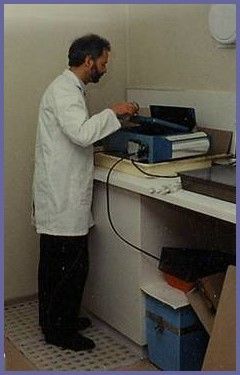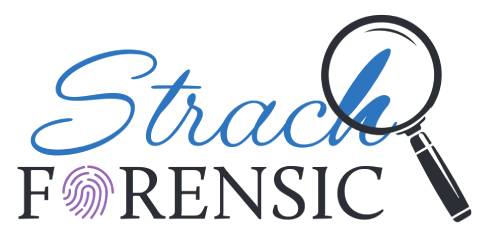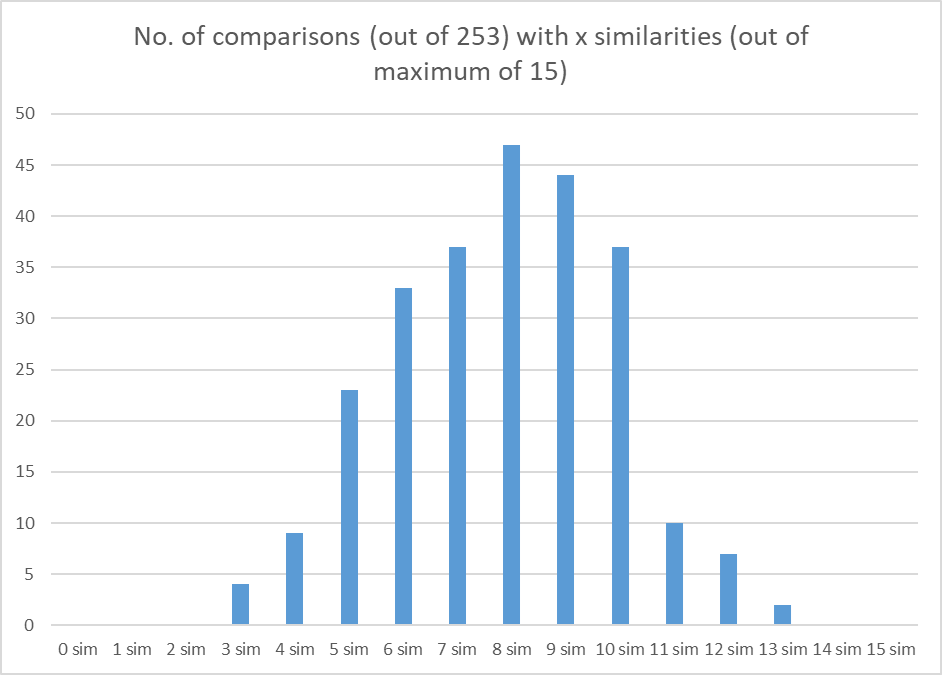Historical Association of Dr Steven Strach with the development of the ESDA
This is a subtitle for your new post

This describes the background to Steven’s role in bringing to light research on electrostatic imaging and in taking actions that caused new funding for the development of the prototype Electrostatic Detection Apparatus (ESDA) as a machine for the detection of writing impressions in paper.
Steven first met Bob Freeman and Doug Foster at the London Printing College (now the London College of Communication) in January 1977 when he was on a two day printing technology course there. At that time Steven was working as a Questioned Document Examiner in the then London Metropolitan Police Forensic Science Laboratory (MPFSL). The head of the document examination section (of what was then considered to be the most prestigious forensic science laboratory in the world) at that time was David Ellen, subsequent author of Scientific Examination of Documents Methods and Techniques (CRC/Taylor & Francis [4th edition 2018]; first published 1988). Steven was encouraged especially by David to meet Messrs. Foster and Freeman who were researching electrostatic methods for producing images of fingerprint patterns on materials and paper which might provide improved images compared with the chemical methods for developing such fingerprint deposits on paper (predominantly employing ninhydrin development in those days).
Doug and Bob enthusiastically showed Steven some recent test results on what, to the unaided eye, was blank paper. They had applied fingers to the apparently blank paper surfaces in order to test out the effectiveness of various proposed electrostatic development methods. The most promising method was an early inception of the now familiar ESDA method of placing thin Mylar film over the document, charging the film with a corona discharge unit and developing images with toner powder such as was used in the then increasingly common, dry toner photocopiers. As well as developing images of the fingerprints, to their surprise the electrostatic process also developed images of what were clearly writing impressions caused by writings on pages which had earlier been removed from the otherwise blank pad of test paper. They regarded the development as an interesting curiosity but their focus (as was that of their various research grant providers) was on developing improved methods of fingerprint detection. Although it worked in limited circumstances, the electrostatic method did not provide as good images of the test fingerprints as the chemical methods and never caught on as a regular technique.
These surprise writing impression results made a huge “impression” on Steven. After conveying his enthusiasm for the significance and great potential of these results to Doug and Bob, he went back to the laboratory with tales of a possible revolution in forensic document examination techniques taking place just down the road. MPFSL very shortly took over some of the funding of their project with a changed emphasis on developing the technique to detect writing impressions. This was just as well as their original grants were about to run out and the two research scientists were going to be looking for jobs elsewhere. The eventual result, after significant funding went into the product development, were the first commercial sales of the ESDA. By 1978, the machines were being manufactured in the garage of a private residence in Grays, Essex. Foster+Freeman Ltd has of course become a highly successful company developing, producing and marketing a large number of instruments for use in forensic science.


